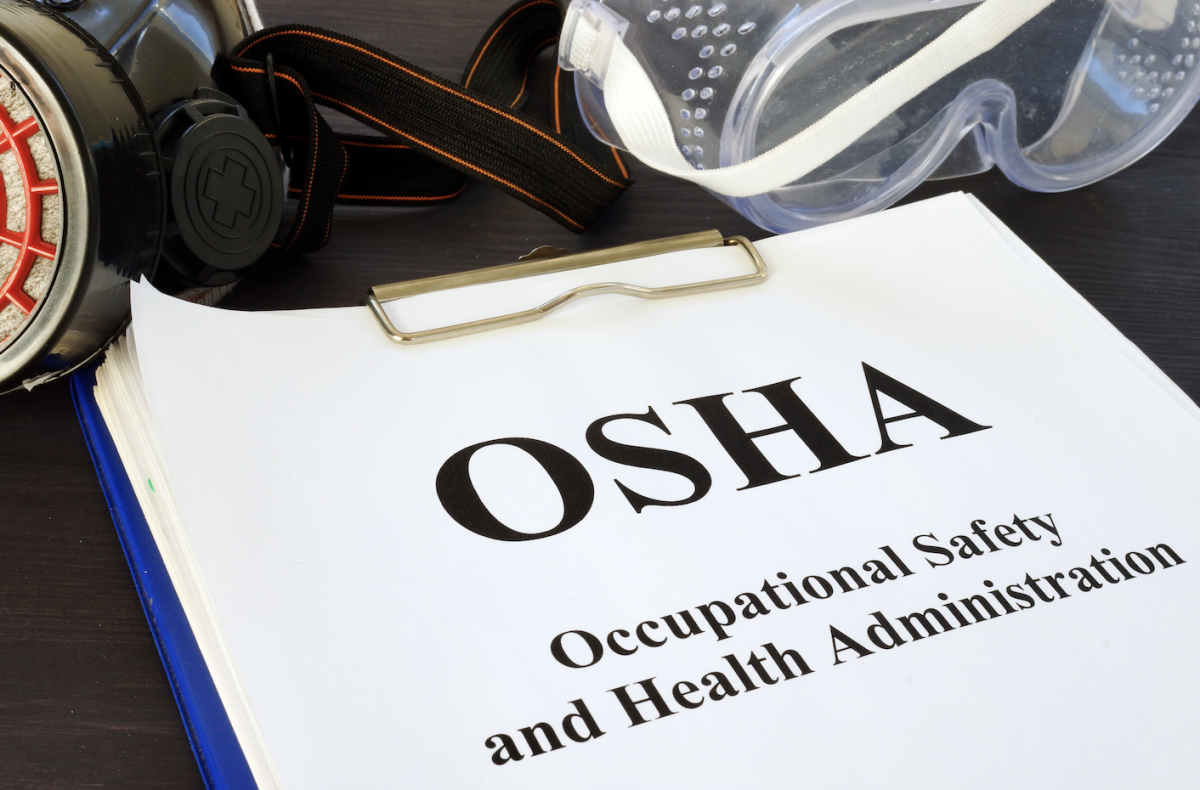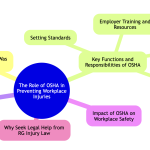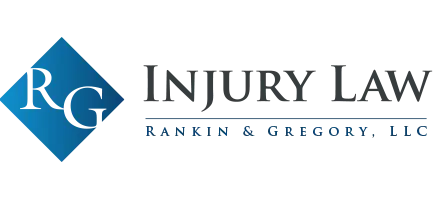Introduction - OSHA in the Workplace
OSHA is a name every worker in the US has probably heard. It stands for the Occupational Safety and Health Administration, a government agency that sets and enforces workplace safety standards nationally.
We can assume that every legitimate business provides some kind of OSHA-mandated safety training, regardless of the nature of the company.
Corporate operations will train office workers to avoid tripping over extension chords, and firefighters will be trained to use PPE (personal protection equipment) properly. OSHA’s mission is to keep workers safe. It has been successful at this. Keep reading to find a helpful table illustrating the decline in workplace injuries since the establishment of OSHA in 1970.
This article from Lancaster workers comp attorney, RG Injury Law, is here as a resource for understanding the role of OSHA in the workplace.
Key Takeaways
- OSHA Standards: Set safety regulations for various industries.
- Workplace Inspections: Conduct unannounced inspections to ensure compliance.
- Training Resources: Provide employers with training and educational resources.
- Worker Rights: Protect the right to report unsafe conditions without retaliation.
- Consultation Services: Offer free advice to small businesses.

What is OSHA and Why Was it Created?
OSHA was created in 1970 under the Occupational Safety and Health Act to enforce safety standards across all U.S. workplaces.
The agency seeks to reduce workplace injuries, illnesses, and deaths by setting and enforcing standards while providing training and resources for employers.
OSHA protects private sector employers and workers across all states through regulation and enforcement.
Federal employees and those working in state-run plans are also included. Its efforts ensure safe working conditions across various industries, benefiting millions of workers nationwide.
Functions and Responsibilities of OSHA
Setting Standards
OSHA develops safety standards for various industries based on research and data.
Standards cover fall protection, hazardous chemicals, machine guarding, and electrical safety.
By setting these regulations, OSHA minimizes risks and promotes a safer workplace.
Workplace Inspections
OSHA conducts random and targeted inspections based on industry risks and complaints.
Unannounced inspections help identify hazards and ensure compliance with safety standards.
High-risk industries like construction and manufacturing are often prioritized for inspections.
Employer Training and Resources
OSHA provides comprehensive training materials and resources to help employers improve workplace safety.
The agency recognizes that effective safety programs significantly reduce workplace injuries and illnesses. It has created a wide range of tools to assist employers in building safer work environments.
These resources ensure that safety standards are met and ingrained in company culture. By offering a mix of guidelines, training, and consultation, OSHA empowers employers to take proactive measures in safety management.
Key resources include:
- Safety and Health Program Management Guidelines:
Comprehensive guidelines for effective safety management, providing a structured approach to identifying, preventing, and controlling workplace hazards. The guidelines emphasize leadership commitment, worker participation, and continuous improvement, helping employers establish a solid safety framework. - Outreach Training Program:
A program that teaches safety fundamentals to employees through 10-hour and 30-hour courses in construction and general industry safety. This program is instrumental in helping workers recognize and prevent hazards, offering knowledge that directly contributes to safer workplaces. - OSHA e-Tools:
Interactive training for specific hazards, such as respiratory protection, machine guarding, and noise exposure. e-Tools are web-based and user-friendly, providing employers and workers with practical, step-by-step safety guidance. - Consultation Programs:
OSHA’s On-Site Consultation Program offers small businesses free, confidential advice. Safety professionals help identify hazards and provide actionable recommendations for implementing safety and health programs without issuing citations or fines.
Worker Rights and Whistleblower Protections
OSHA protects workers' rights to report unsafe conditions without fear of retaliation.
Employees are entitled to report workplace hazards or refuse unsafe work conditions under the Occupational Safety and Health Act.
By enforcing strict whistleblower protections, OSHA empowers workers to speak up without fear, helping to create a culture of safety and accountability.
Worker Rights:
- Report Hazards:
Workers have the right to report workplace hazards directly to OSHA, prompting an inspection or investigation if needed. Reports can be filed anonymously, ensuring confidentiality and preventing retaliation. - Access Records:
Workers can access employer safety records, such as injury and illness logs. This transparency ensures that workers are aware of the risks and the safety measures being taken in their workplace. - Refuse Dangerous Work:
Employees can refuse work that presents an imminent danger of death or serious injury. OSHA protects workers from dismissal or discipline when they decline such hazardous work. - Protection from Retaliation:
OSHA safeguards workers against employer retaliation for reporting violations or participating in OSHA investigations. Retaliation complaints can be filed directly with OSHA, and the agency will investigate and act to protect workers' rights.
Workers facing discrimination after reporting unsafe working conditions can file a complaint with OSHA.
The agency enforces whistleblower protections under over 20 federal laws, providing a secure and supportive environment for workers to report violations.
For more detailed information on filing a complaint or understanding your rights, visit OSHA Worker Rights.
How OSHA Works to Prevent Workplace Injuries
OSHA uses several strategies to prevent injuries and protect worker safety. Regular inspections, training programs, and enforcement actions are critical components of OSHA's preventive measures.
Strategies:
- Inspections: Conducts regular and complaint-based inspections to identify and eliminate workplace hazards.
- Training and Outreach: Provides employers with training materials and programs to promote workplace safety.
- Consultation Services: Offers free services to small businesses to identify and mitigate risks.
- Penalties and Enforcement: Issues fines for non-compliance with safety standards, ensuring accountability.
Impact of OSHA on Workplace Safety
OSHA has significantly reduced workplace injuries and fatalities since its establishment in 1970.
Workplace Safety Improvements by OSHA
|
Metrics |
Before OSHA (1970s) |
After OSHA |
|
Workplace Fatalities |
14,000/year |
4,764/year (2020) |
|
Injury/Illness Rate |
10.9 per 100 workers |
2.7 per 100 workers (2020) |
|
Reduced Exposure to Hazards |
High |
Significant Reduction |
Why Seek Legal Help from RG Injury Law
RG Injury Law has over 20 years of experience in workplace injury claims, providing expert legal guidance on OSHA regulations and workers' compensation.
Our attorneys provide comprehensive representation for all workplace injury cases.
Areas of Expertise:
- Workers' Compensation: Thorough assistance with workers' comp claims to secure deserved benefits.
- Personal Injury: Skilled representation for injuries caused by negligence or unsafe work conditions.
- OSHA Regulations: Expert legal advice on OSHA compliance and violations.
- Third-Party Liability Claims: Pursuing compensation beyond workers' compensation if a third party is responsible.
- Construction Accidents: Specialized representation for complex construction injury cases.
RG Injury Law offers free consultations and operates on a contingency fee basis to ensure access to quality legal representation.
For more information, visit RG Injury Law.
Parting Words - Workers’ Comp Attorneys in Lancaster PA
OSHA is instrumental in preventing workplace injuries through standards, inspections, and resources. Its initiatives have made workplaces safer, significantly reducing fatalities and injuries.
RG Injury Law is a trusted resource for workers seeking help with workplace injury claims, ensuring expert guidance and comprehensive representation. Contact RG Injury Law for professional assistance with your workplace injury claim.





